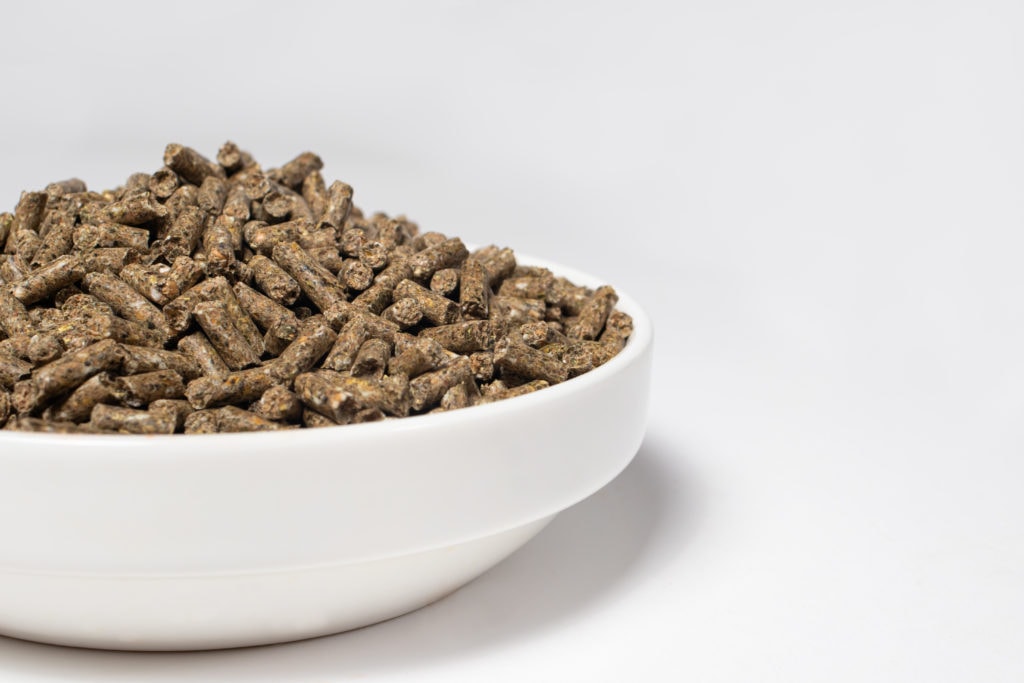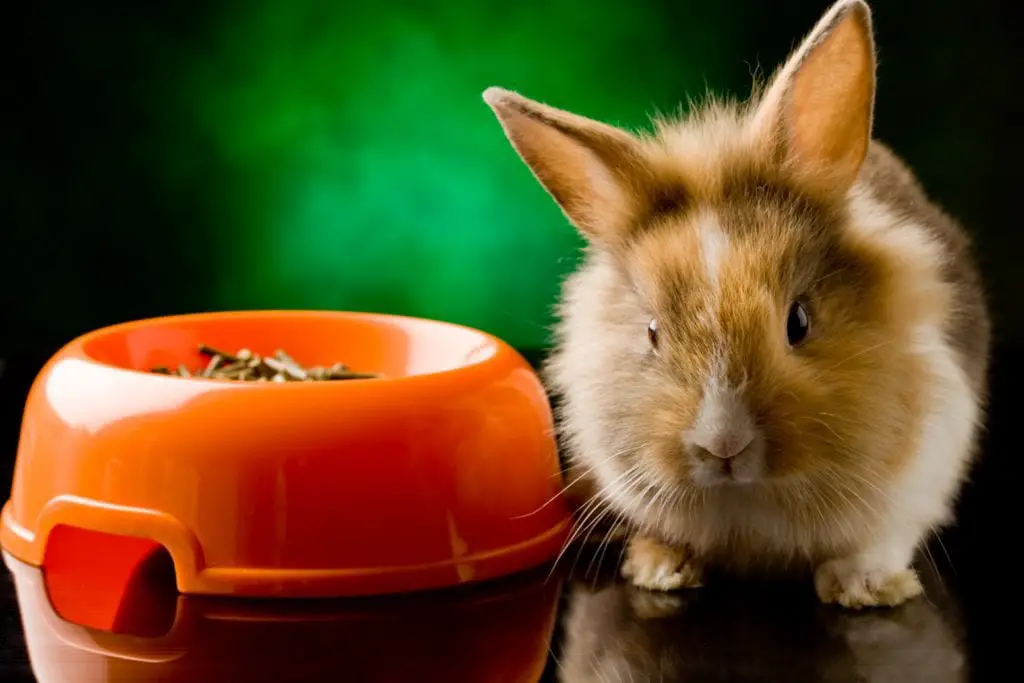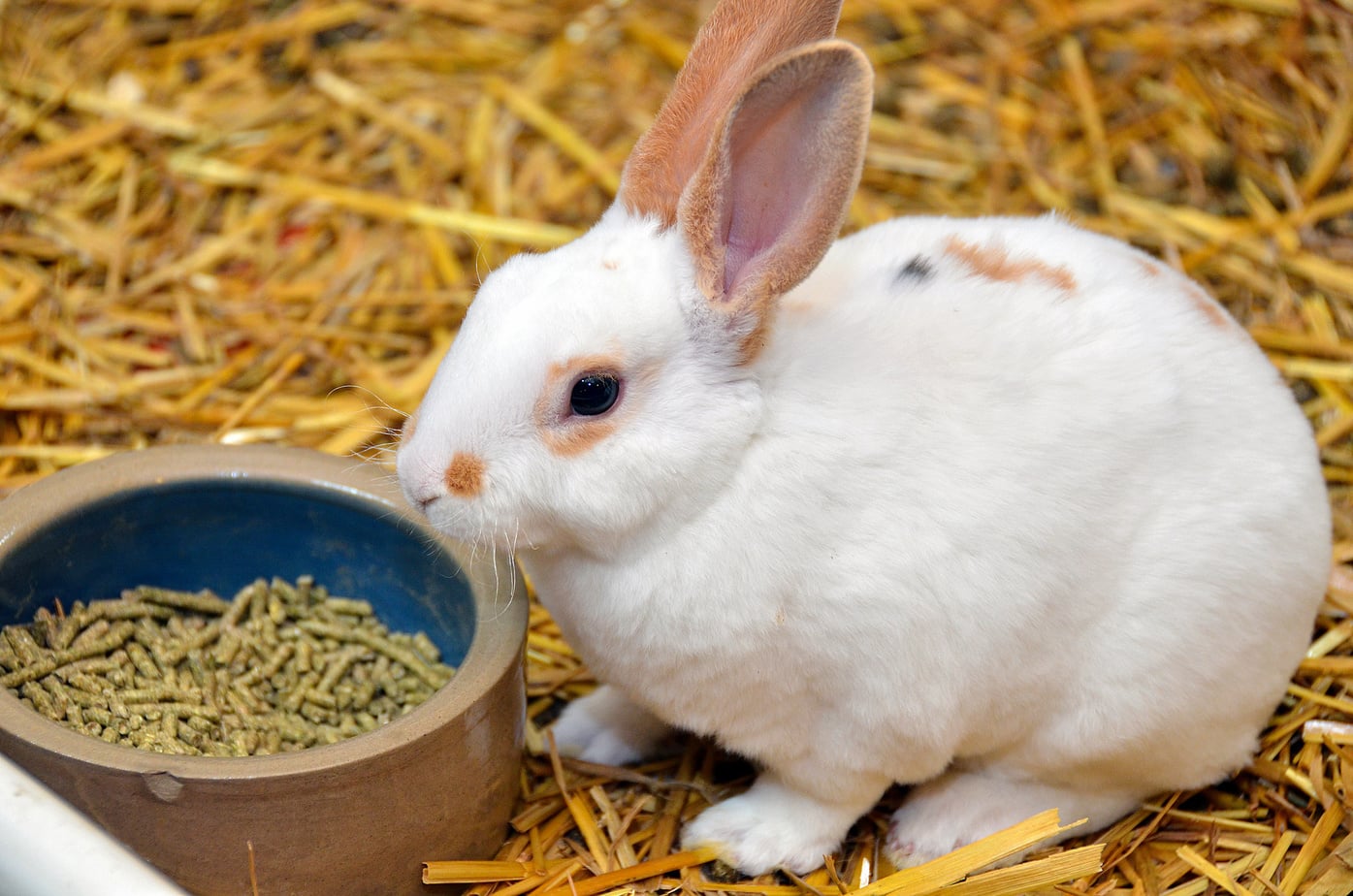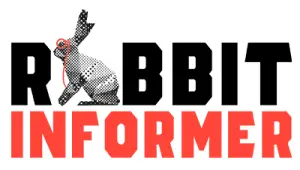
Storing rabbit pellets properly matters to your rabbit’s health and happiness. That being said, you may wonder what to do and what not to do when it comes to your rabbit’s supplemental food.
You should store rabbit pellets in a closed, airtight container and keep them in a cool, dry space. Proper storage maintains pellet freshness and keeps their firm texture, which is good for your rabbit’s teeth. Improper storage can cause the pellets to go stale and decrease in nutritional value.
When it comes to pellet storage, here are a few tips on how to ensure your bunny has well-kept food.
Do: Keep In a Cool Temperature
When you keep your rabbit pellets in a cool, dry place, their texture won’t degrade or soften. Often, you won’t have to worry too much about where you store the pellets in your home since most homes keep average comfortable indoor temperatures that are fine for pellets.
Granaries can also be an adequate place to properly store pellets. If they’ve been built to preserve animal food, then the pellets won’t have a problem in there.
Wherever you store the pellets, be sure that there is good, consistent ventilation in the storage space, whether it’s from air conditioning or a fan. The airflow will keep the heat from rising too much.
Good storage temperatures for rabbit pellets are between 50 to 70 degrees with low humidity. If you live in temperatures where the storage space has more than 15 percent humidity and don’t have access to air conditioning, try using a dehumidifier to combat it to prevent mold growth in the pellets.
As a note, it’s a good idea to keep your rabbit pellets away from direct, prolonged exposure to sunlight. A, D, and E vitamins in pellets are fat-soluble, which makes them vulnerable to light degradation. So, along with storing your pellets in a cool and dry place, keep them somewhere that’s shaded or shielded from sunlight.
Tip: Wondering about how to store other types of food? Should Rabbits Have Unlimited Hay Is an article I wrote that educates rabbit owners on the proper methods of storing hay.
Don’t: Keep In a Warm Temperature
In the worst-case scenario, storing rabbit pellets in a warm, humid place can lead to mold.
If you give a tainted serving for your rabbit, he may or may not eat the pellets. The best you can hope for is that he goes a little hungry before you see that he hasn’t touched his food and then figure out why. If he does eat moldy pellets, it will likely sicken him and may even result in death.
Sometimes, it’s not even you that has improperly stored the rabbit pellets. Distributors and pet stores may not keep the right storage standards for pellets, so they can come pre-molded right as you open the bag.
Before you give your rabbit any pellets from a newly bought bag, check to make sure that the pellets aren’t already moldy. There may be a moldy smell to the pellets or clumps of pellets held together by mold.
If you’re unsure whether or not to feed your rabbit food that may be potentially contaminated, it’s better to be safe than sorry. Rabbits have especially sensitive respiratory systems, so inhaling spores through the pellets will harm their lungs. Eating mold will cause even more problems.
And should there be mold in your rabbit pellet container, dump out the pellets and either throw away the container or give it a good wash to ensure that there’s no new growth even after you’ve replaced the pellets.
In the unfortunate case that your rabbit has eaten moldy pellets, closely monitor him. Should he show any signs of illness, contact the vet immediately for treatment.
Do: Keep In an Airtight Container

Just like with any dry food we humans eat, like cereal or chips, we want them to be fresh. That means keeping them sealed or protected from air exposure for as long as possible. Rabbit pellets need the same care. They should be moved from the original bag they came in and into a sealable container.
Sealed containers prevent the pellets from becoming stale too quickly. They also help pellets maintain their nutritional value and taste. Your rabbit will likely turn his nose up at stale and tasteless food, as he should. You wouldn’t want to be fed something like that, would you?
Bugs and vermin won’t be able to sneak into sealed containers, either. The same can’t be said for opened or inadequately secured pellet bags. Sealed containers keep out anything that may carry diseases and pass them to the pellets, which your rabbits will consume or you will come into contact with.
Nobody wants to picture eating food that a mouse has burrowed through or bugs have multiplied in. A bug-infested bag of pellets needs to be thrown out, so don’t risk letting them go to waste by failing to put them in a sealed container.
Check out this simple cereal storage container on Amazon, you can use for rabbit pellets with the same effect.
Also, make sure that the pellets are fresh from the time you purchase them. That way, you can keep them as fresh as possible in a container. Pellets sitting on a store shelf for some time won’t be as fresh, resulting in a shorter time span in which you can feed them to your rabbit. Check for sell-by and expiration dates.
FACTS
There are other things you need to know about rabbit pellets besides how to store them propperly. Do Rabbit Pellets Expire? and Here’s Why Rabbits Don’t Need Pellets are two articles I wrote to help you get all the facts.
Don’t: Keep Exposed to Air
Keeping pellets in an unsealed bag or container will speed up the staling process, meaning they won’t remain as good as they potentially could.
And as mentioned earlier, bugs and vermin can crawl into unsealed pellets to eat and contaminate them. Your rabbit is unlikely to appreciate mice poop or bug corpses in his food. If you do find that some undesirables have breached the container, you should throw out the pellets and wash the container or replace it with one that’s not broken or cracked.
Pellets that have turned stale from prolonged exposure to the air can cause them to turn crumbly, soft, and dry, which won’t do anything good for your rabbit’s dental health. They consistently need hard, crunchy pellets to wear down their teeth. Otherwise, their teeth are prone to grow out and cause them dental problems down the road.
If you see that the pellets easily fall apart or squish, then it’s a sign for you to purchase a fresher bag.
Do: Use Within Three to Six Months

After you’ve opened up a bag of chips but can’t quite finish them after a while, you don’t want to keep eating them once they’ve gone stale due to time, exposure, or improper sealing. Your rabbit doesn’t want to eat old pellets either so remember that they don’t have an infinite shelf life.
As you purchase a bag of pellets from a feed or pet store, keep in mind the seller’s date to ensure that you’ll use up the pellets over a period of time where they maintain their freshness. Rabbit pellets typically stay fresh between three to six months. After that, their staleness may not give your rabbit much of an appetite.
Some rabbit pellet brands may expire more quickly than others due to their ingredients and how “fresh” they’ve been made before packaging. Although they don’t go “bad” as in they start to spoil, their staleness and degradation won’t be healthy for your rabbit.
A few good pellet brands with timothy hay worth trying out are:
- Oxbow Adult Rabbit Food (Amazon Link)
- Sherwood Adult Rabbit Food (Amazon Link)
- Kaytee Timothy Complete Rabbit Food (Amazon Link)
Because the brands want to keep their pellets as fresh as possible by using natural ingredients with fewer preservatives, their shelf lives may be less than six months and will require you to use at a minimum of three months.
Don’t: Use After Three to Six Months
Only buy rabbit pellets that you’re sure you will use within three to six months, or by the seller’s date. Don’t buy in bulk if you don’t think your rabbits will be able to eat all the food in the allotted time.
Pellets that have been in a container for longer than six months are prone to become stale, moldy, or infested, no matter how carefully you may have stored them. Again, while they won’t go “bad,” they do have a shelf life that’s important to be aware of.
Your rabbit may not even want to eat the food if it’s gone stale. The vitamins and nutritional value in the pellets will also fade with time, as well as the hard consistency of the pellets. This means that even if your rabbit does decide to eat them, he won’t be getting the nutrition he needs from them, which can lead to health complications if his pellets aren’t changed out.
Rabbit pellets often come in multiple sizes, so depending on how many rabbits you need to feed, you can buy according to how much you think you’ll go through. Knowledge of how slowly or quickly your rabbits will consume pellets comes with time. Once you have a good idea of the best bag size to buy, you won’t have to risk any pellets going to waste.
